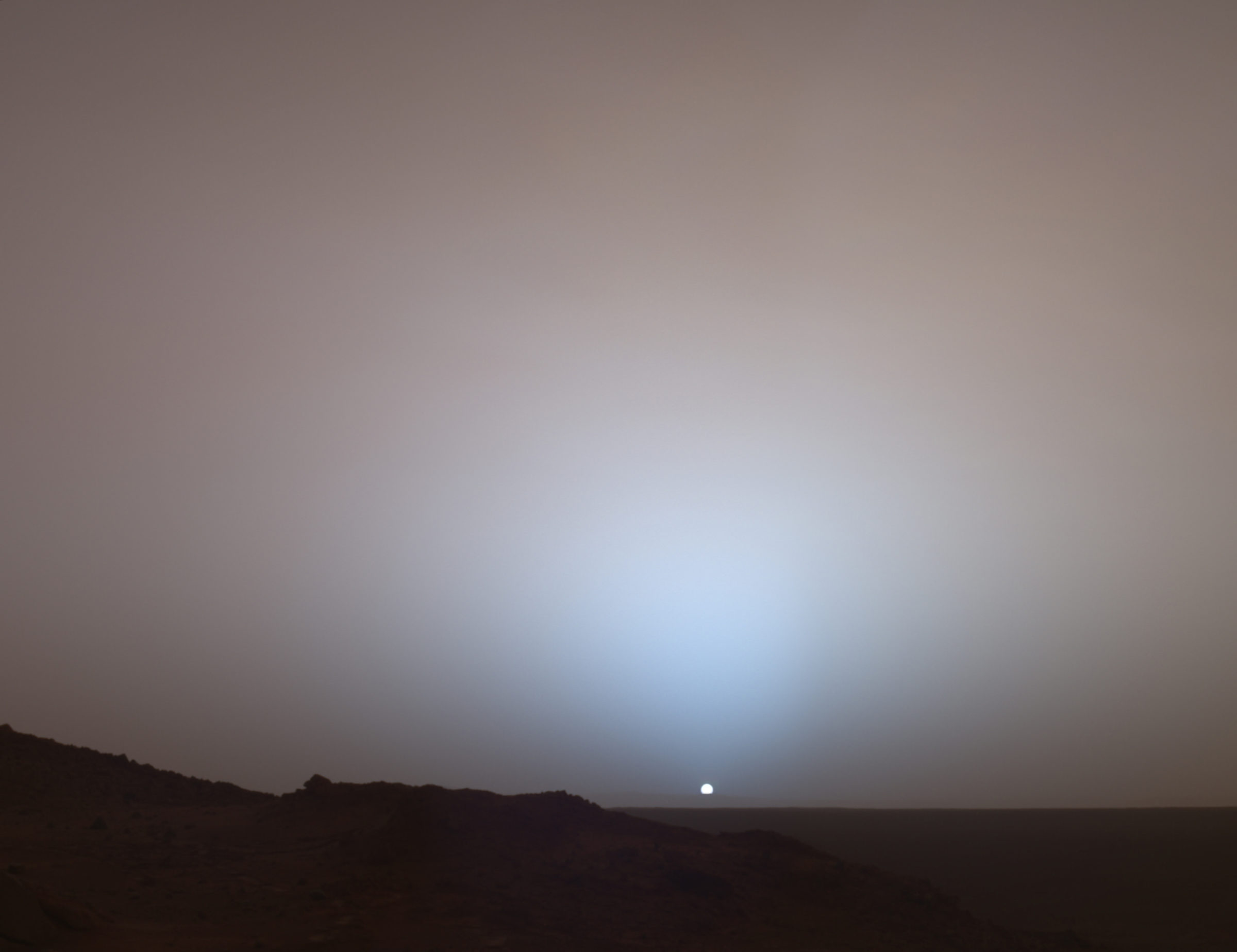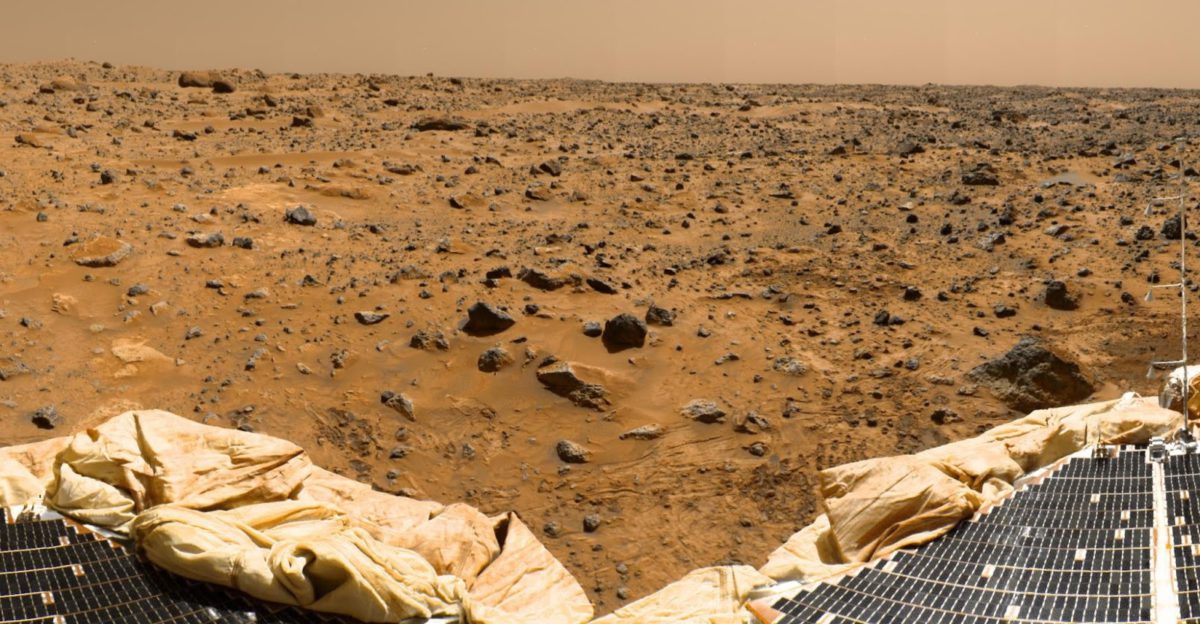Emily Cotman • Oct 18, 2013
How I Gave My Preschool Class Mars Fever
It all started when we read a book called, There's Nothing to Do on Mars , by Chris Gall.
It's a story about a young boy, named Davey, who moves to Mars with his parents and has to find ways to entertain himself. At one point, Davey finds "an old toy" in the dirt.
That's all the book says about it - a nod to the grownup reader - but I paused to add, "Do you know what that is?" Of course they didn't - they're 3. It's an illustration of the Sojourner rover, deployed on Mars in the 1990s. I explained, "That's a robot car that people put on Mars! Did you know that people from Earth put robot cars on Mars in real life?" We looked at that picture for a long time. They were fascinated by the idea of "robot cars" on Mars. We looked at its camera, and learned that the rovers take pictures of Mars for us. We looked at the wheels, and imagined scientists remote-control driving the car from far away, on Earth.
Later, we looked at photos from the surface of Mars, and pictures of the robot car from the book.
We gazed at a Martian sunset...

They were completely in awe. I believe these were the concepts that most surprised them:
That other planets are more than drawings and photographs - they are solid and real,
and...
Not only can we drive cars on other planets, we already have.
Top that off with the whole idea of robot cars, with cameras and big wheels, and they were sold. When they had a good base knowledge of what Mars rovers do, I decided it was time to debut one of my favorite videos of all time.
They sat and watched, silent and still (which, if you know preschoolers, is a bizarre thing to witness). As soon as the video ended, they erupted in pleas to watch it again. So, we did. This time, we were much more engaged. We watched the scientists' faces and talked about what they must be feeling:
Me: "Why do you think they're so nervous?"
N: "Because it might crash."
Me: "Oh no! What if it does crash?"
N: "It's okay, Miss Emily. It won't crash - we watched it already!"
We all held our breath as the rover was lowered to the surface, then cheered and clapped along with the scientists when we knew it was safe on the ground!
We scanned the faces of the celebrating scientists, and found boys, girls, old people, young people, people with dark skin, and light skin, people with long hair, and short hair, people who are tall, and people who are small. With minimal guidance from me, my preschoolers came to the conclusion that day that anyone can be a scientist.
In the weeks that followed, I saw 3- and 4-year olds building rockets with magnetic blocks, using red crayons to draw themselves on the surface of Mars...
I even witnessed a group of little girls abandon their usual game of "Princesses and Cats", don tiny lab coats, and work together to design and build a "robot car for Mars". I'm not even kidding... they all got out their journals and assigned jobs. 'C' kept track of who was present. 'S' was in charge of design concepts. 'L' gathered the materials. 'E' drew up the final plans in her journal. And, since they couldn't think up another real job, 'A' used her magic wand to make new rockets appear when theirs broke.
Preschoolers are fickle. A few months from now, they may not care a thing about Mars, let alone create games around it. That's okay, because the point of this whole endeavor was not to teach content. The point was to help a group of newly-rational human beings experience the exhilaration - I daresay, the nirvana - of real, pure, universal human achievement. ...I think it worked.
Support our core enterprises
Your support powers our mission to explore worlds, find life, and defend Earth. You make all the difference when you make a gift. Give today!
Donate

 Explore Worlds
Explore Worlds Find Life
Find Life Defend Earth
Defend Earth






